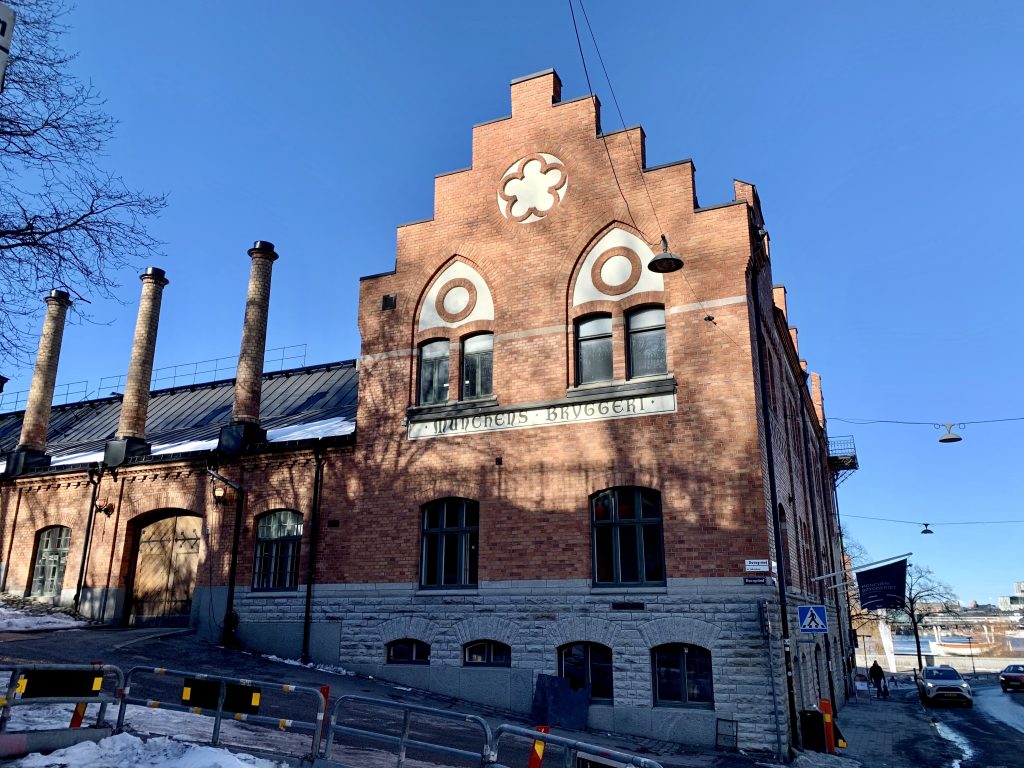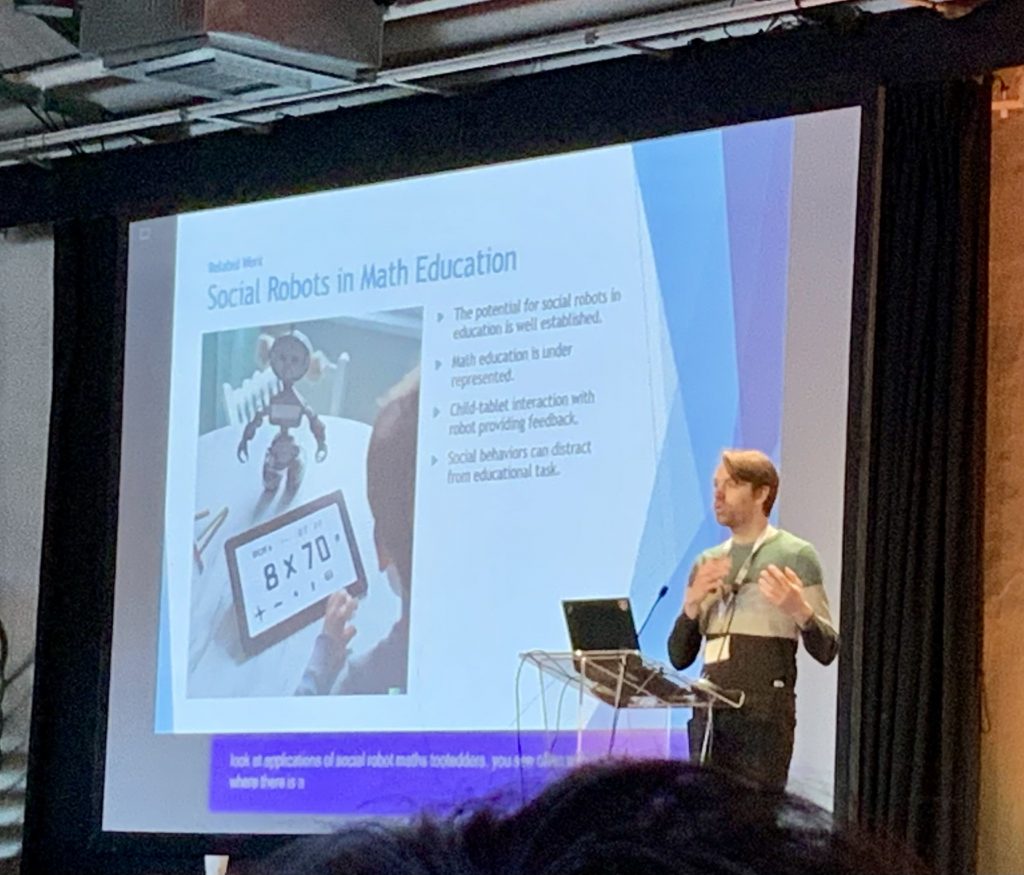I am excited to be on my third day at this ACM/IEEE conference in beautiful Stockholm. Other than this being about robots (a topic that has captured my interest since I was a little child), what I find most interesting about human-robot interaction (HRI) is how insanely multi-disciplinary this area is. If you take a moment to explore the table of contents of the conference proceedings you will understand what I mean.
There is literally space for everyone in this field. From the electro-mechanical side of robotics to its ethical-philosophical implications passing through language, psychology, culture, and anthropology, HRI encompasses a large number of areas of intellectual endeavor. Perhaps because of this aspect, this conference has the best gender balance I have seen in my career. The representation of Black and Latinos is underwhelming and this observation has been making me wonder what causes this. Could it be that hardware costs and complexity are the barrier to entry? Or is there some kind of systemic barrier that calls for deeper investigation?
It is no coincidence that we will start our meetings at Bucknell immediately at this conference. As our group evolves, I will be actively working toward creating a structures that avoid barriers to entry that might perpetuate the underrepresentation of any demographics. The human ideal of HRI can only be achieved with the intentional examination of what we do to promote inclusion.

